Filter feeding species are often used in toxicology studies to assess the effects of suspended solids on an ecosystem.
During the early years of my PhD, I had the opportunity to work with a post-doctoral fellow on a project involving the freshwater mussel Lampsilis siliquoidea, commonly called the fatmucket.
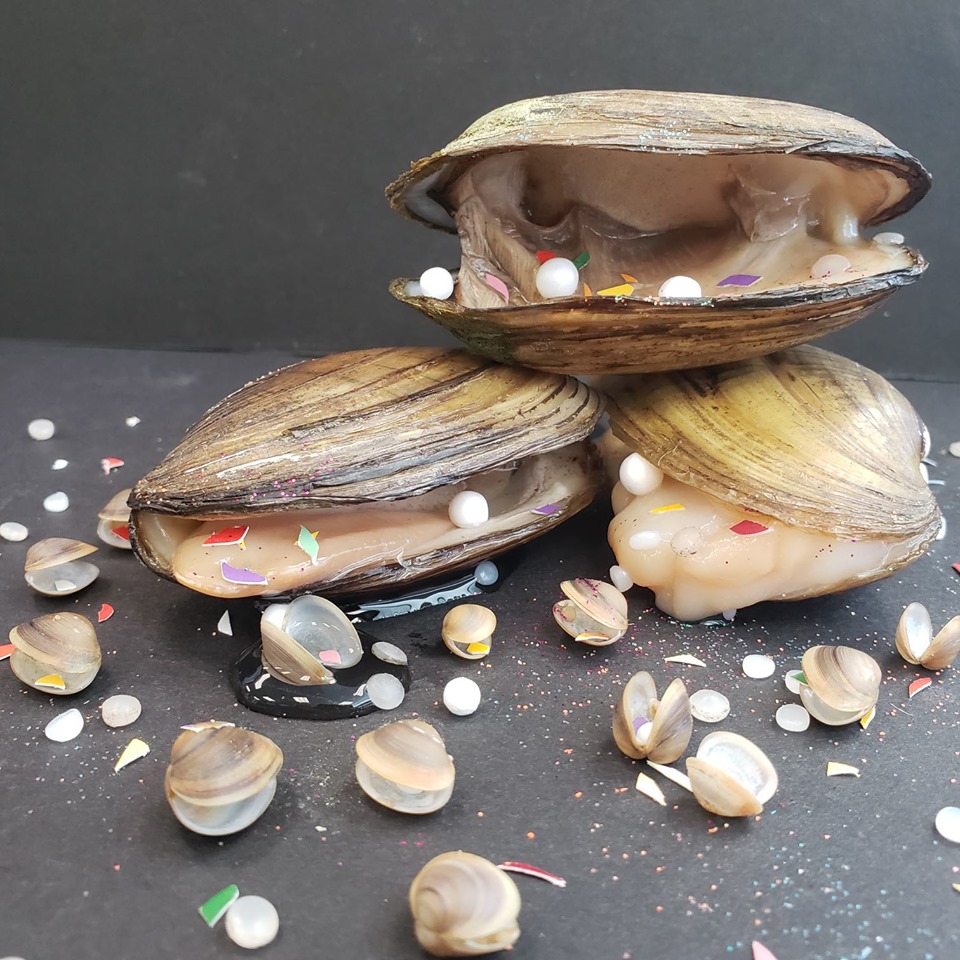
Many studies had reported finding microplastics in filter feeders and I was eager to utilize the fatmucket to explore microplastic uptake and retention.
Our first challenge was to obtain fatmuckets, and thus embarked on my first kayak-based field expedition down the Oldman River in southern Alberta.
We encountered a number of non-target species on our journey including water snakes, cattle, and what can best be described as endless whorls of water weeds.

After healthy dose of practice and the forever humbling failures to find these mussels where they “for sure will be” (according to our local bivalve expert), we managed to collect enough fatmuckets to carry out our experiments.
I wanted to know, over time, how the microplastics were accumulating in these mussels. Was it that they accumulated all of the plastics immediately when they were first exposed to them and retained those initial plastics? Or could they rid themselves of those plastics, but took on new ones that they were exposed to later on? To answer this question would take some innovation…how do we differentiate between microplastics that were introduced first from those that were introduced later?
One of my go-to ways to identify (already hinted at in a previous post about nail polish) is colour. So I went on a “research errand” (shopping with a somewhat blurry purpose but motivation for inspiration?). My usual stops – hardware stores, home improvement stores, farm and automotive supply stores – yielded no results. It was not until I went to a craft and hobby store that it came to me.
Glitter.
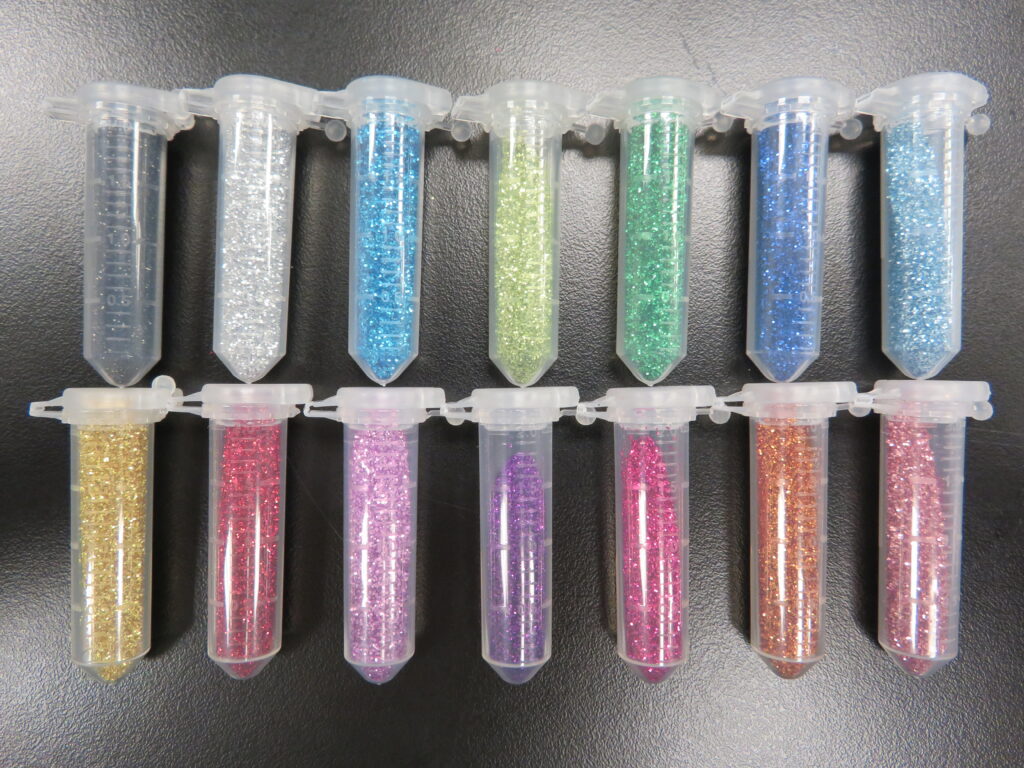
I knew why I had not realized that this was a perfect material…because I despised glitter, even prior to this experiment (and certainly exponentially more after this experiment). But glitter is a uniform microplastic that differs in colour, and comes in many colours. For a reasonable price, I had 16 easily identifiable microplastics.
The plan: introduce a new colour of glitter every 12 hours and see which colours of glitter that the mussels ingested, excreted, and retained. The hiccup: we had to clear the old glitter out and be able to visually inspect it. How would one filter glitter quickly and easily? Well, the answer to that came the following morning as I filtered what is arguably as messy as glitter – ground coffee.
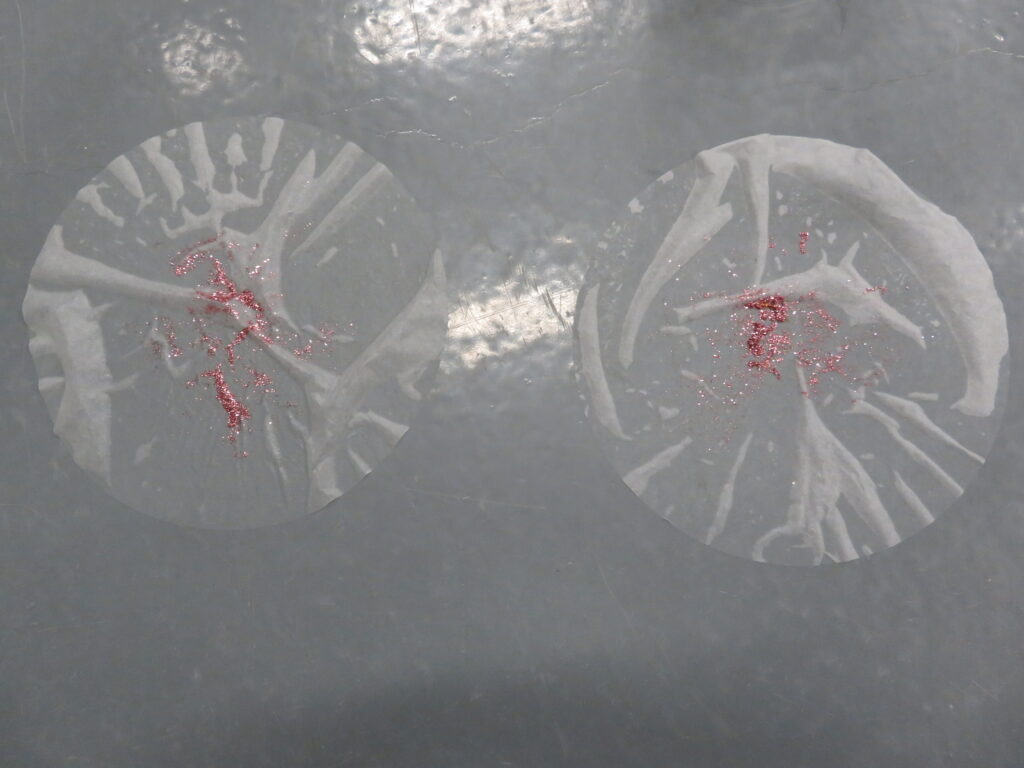
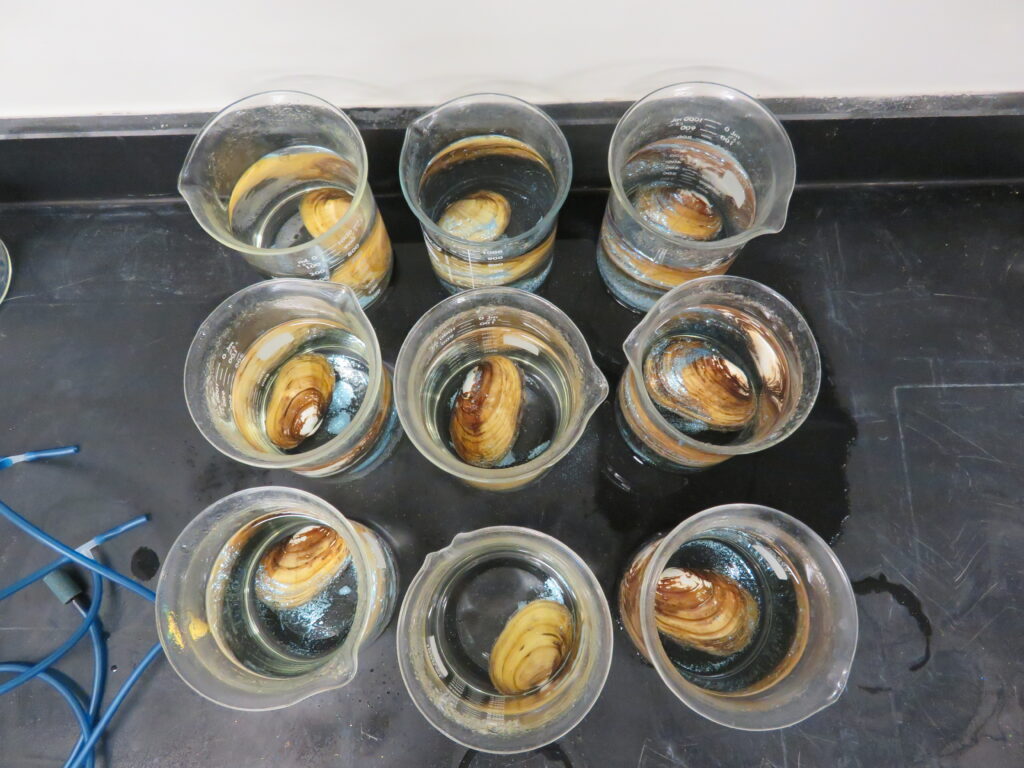
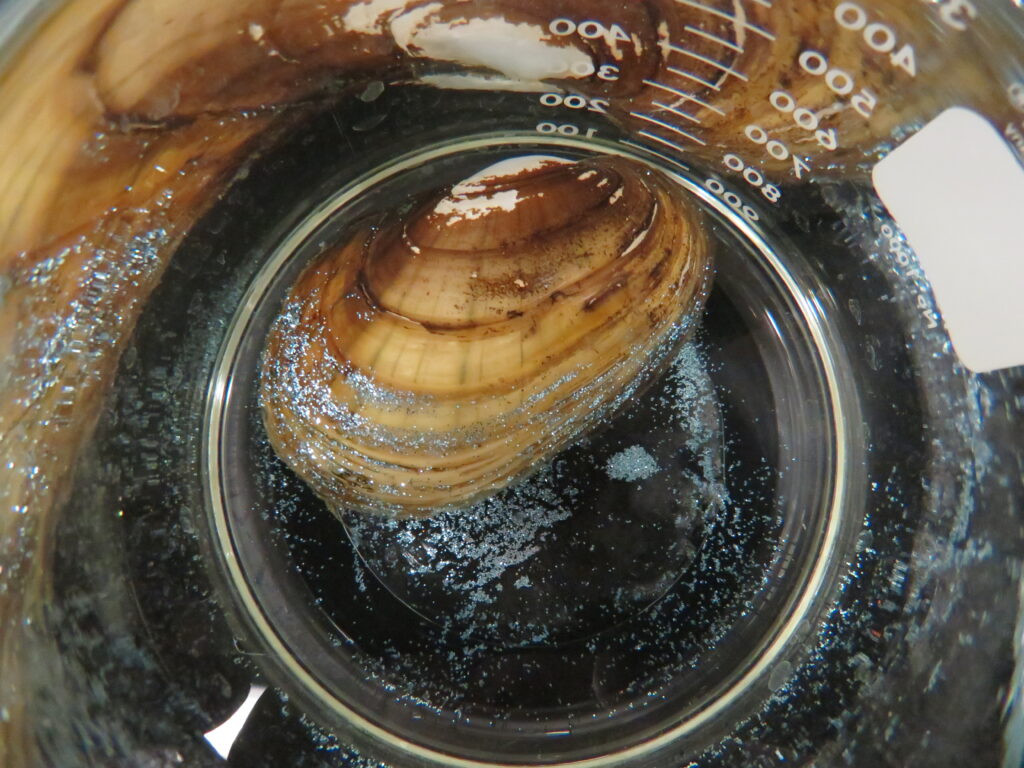
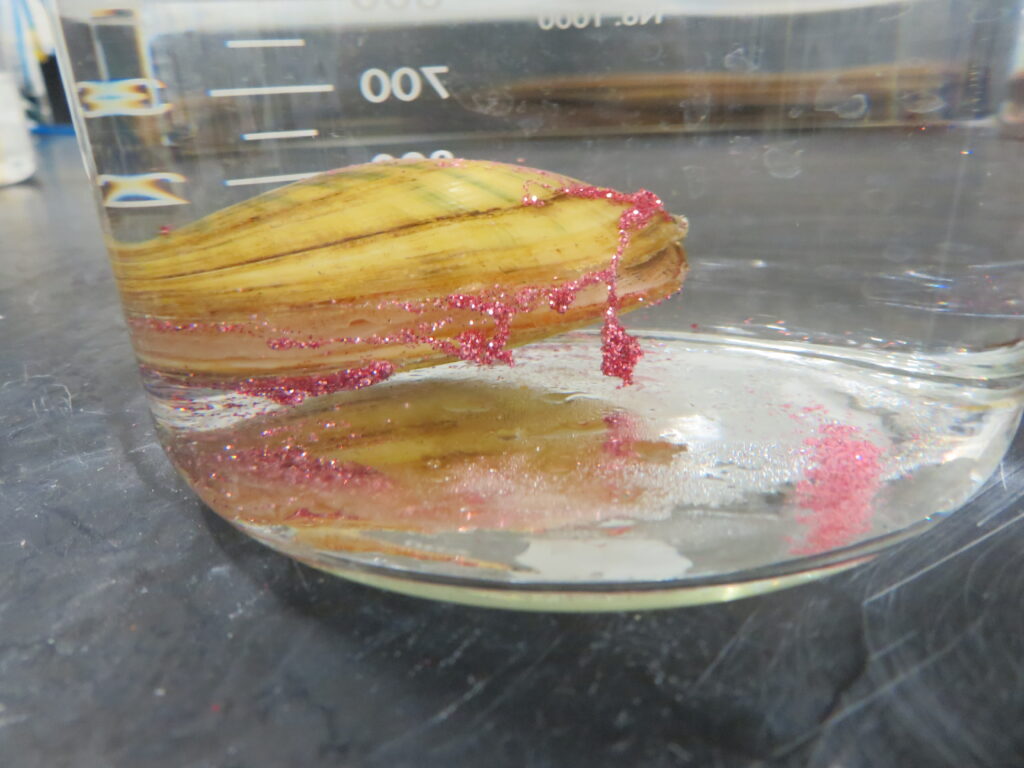
Surprisingly, the experiment went as planned. But, as with all research endeavors, things turned chaotic. This project, the chaos ensued during our data analysis. We had collected what we thought was enough individuals for the experiment; however, this was far before I learned about concepts like statistical power. I had an experiment worth of data and a story to tell, without the tools to tell it.
It took until now – 2024 (4 years later) and as a post-doctoral fellow I have built up my toolbox to now know exactly how to analyze this data. I’ve contemplated what the lesson in this experience is and while I think there are many, one that is foundational: never stop learning and never give up.